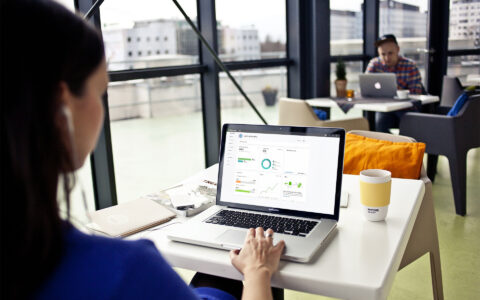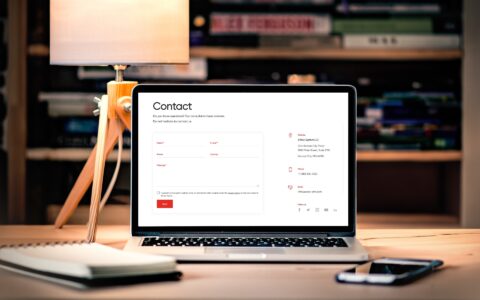
Microsoft Office is currently used by approximately 1.2 billion people and its popularity is still growing! This practical and multi-functional system remains extremely secure, as well as accessible from anywhere at any time.
We at eWay-CRM like to enjoy all the benefits of Microsoft, too! Especially the features brought by the integration of Microsoft and our software.
Apart from seamless integration with Microsoft Outlook, eWay-CRM is able to co-operate with other Office programs.
How to use eWay-CRM while working with Word or Excel
When creating documents in Microsoft Word or Microsoft Excel, you can save them into eWay-CRM via the Save to eWay-CRM button. The placement of buttons may differ with different versions of Microsoft Office. Usually, the button is on the right part of the application toolbar.

In MicrosoftOffice 2003 the Save to eWay-CRM button is in the File menu (option Save).
Clicking Save to eWay-CRM will bring up a small dialog window in which you enter the document name.

You can name the Document as you required and accept with OK. It will be saved into the eWay-CRM system and the Document window will appear. Here, in the window, you can enter additional document information (type, workflow status, relation to Project or Company and so on). While saving the item you will be prompted to accept the changes.
You can save the document into eWay-CRM without saving this document on your hard disk. But equally, it is possible to save the file on your hard disk and then into eWay-CRM (and the other way around).
Documents which are associated with Microsoft Excel and Microsoft Word can be easily adjusted directly from the system without the need to save the document on the local hard disk. The process is simple: you can open the Document with double-clicking it. When you are finished, just press Save to eWay-CRM.
The document already exists in eWay-CRM, so you will be asked whether you want to overwrite the old version (option Yes) or create a new version of the document and keep your older version (option No).
Clicking Cancel will cancel the saving process and the changes will not be done.

If you decide to save the changed document as new (No), the new document window will appear and when you enter the additional information and save the document, the document will be imported into the system.
Clicking Yes will overwrite the old Document. If the versioning is active, the original document will be stored as an older revision of the document and the newly saved version will be marked as the new, valid version. You can access the original version of the document via the document window.
If the document versioning is not active, the original version will be overwritten without the option to revisit the original document.
How to print
You can find the Print button in the toolbar of the window of each saved item in eWay-CRM. No matter whether you currently work with Projects, Companies or, for example, Time Sheets, you can always use this function. It is a standard function that allows you to print basic information about a particular item. The Print function is suitable in cases when legislation or company policy requires the keeping of documents in their physical form.

Printing an item can be also initiated from the context menu of an item in the module list. In this case, you can select more than one item, but you should know that information about these items will be pasted into just one document.

After clicking the Print button a preview window with pre-filled information will open. You can change the background of the document, insert watermark or change print preferences in the menu of the preview application.
In the headline of the document, there will be type of the item and its name. The next sections will differ depending on the type of the printed item. Primarily, all fields visible in the particular item window are listed there. The fields that weren't filled in the item window or contain default value (e.g. Price is 0.00) will not be included in the printing.
The last part of the document contains data about items that are related to the printed item, organized into a table. These are there items that you find in a tab system at the bottom part of the item window. Modules in the print preview are in the same order as modules in the tab system of the item. In our example, the Project has one task and one journal related, one time sheet was saved and one bookkeeping record was added.












